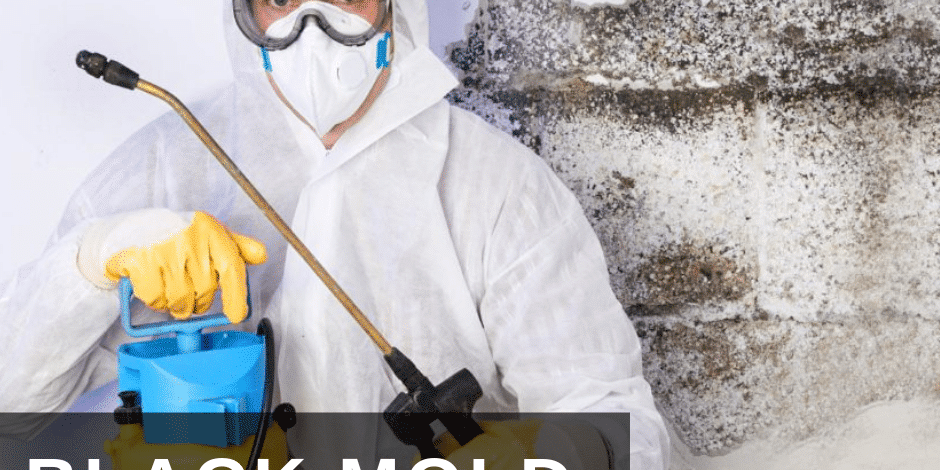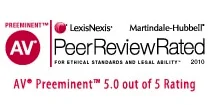
Black Mold, Health Problems and Damaged Property
A quick internet search will uncover tons of information on the health dangers of black mold.” While mold is definitely a problem and should be addressed quickly and thoroughly by trained professionals, it is important to know the facts about mold and black mold.
People often talk about black mold as if it is a particular kind of mold and only that kind of mold is dangerous to your health. Scientific research shows that all mold — whether black, brown, white or gray — can be dangerous to human health. There are many different species of mold that can appear black in color and those different species have different characteristics.
One particular type of mold, stachybotrys chartarum, is often equated with black mold and is feared as “toxic mold.” Stachybotrys can produce mycotoxins that are harmful to human health, and stachybotrys mold in a home should be taken very seriously. However, many other types of mold can also produce mycotoxins, and many of those types of mold can grow in damp buildings. Scientific research has found many different types of mycotoxins produced by mold.
Also, molds that do not produce mycotoxins are harmful to human health. The scientific research is clear regarding the relationship between excessive levels of mold in indoor spaces and health problems. Among the most commonly noticed health effects related to mold are nasal congestion, sneezing, cough, runny nose, allergies, eye irritation, frequent colds, asthma, and sore throat. People particularly susceptible to health problems from mold are infants and children, the elderly, pregnant women, people with respiratory problems including allergies and asthma, and people with weakened immune system including those undergoing chemotherapy or other immune compromising treatments.
In addition to health effects, mold grows on and damages property. To grow, mold requires both moisture and a food source. Any organic, i.e., non-synthetic, material can be a food source for mold. Mold will grow on and eat wood, the paper face on drywall, shoes, furniture and clothing, among other things. Items with mold growing on them need to be evaluated by a mold professional and either professionally cleaned or thrown away. In a building infested with mold, professional cleaning, also known as remediation, is important because improper cleaning can spread mold and expose the occupants to even more mold.
Because mold requires moisture to grow, mold problems in buildings are really moisture problems. The moisture problem in a building can result from one or a combination of many different causes including air conditioning system issues, plumbing leaks and water leaking into the building through the exterior walls or roof. Determining the cause of mold in a building and the steps that need to be taken to address it usually requires hiring an expert to evaluate the building.
The construction lawyers at the Steinberg Law Firm have experience handling mold issues and have relationships with mold professionals. We have pursued claims against building owners, property managers, and builders for property damage and health effects from mold. We have pursued claims on behalf of homeowners who suffer from mold problems due to improper construction of their homes. We have also pursued claims on behalf of tenants who suffer from mold problems due to improper maintenance of a home or the improper construction of the home. We offer free initial assessments and consultations where a construction lawyer and a mold professional will evaluate the mold issue at no cost to you. If you have a legal claim related to mold, we pursue such claims on a contingency basis where we are only paid if we recover money for you.
To learn more about mold, see the following resources:
- Centers for Disease Control and Prevention, Mold FAQ, available at: https://www.cdc.gov/mold/faqs.htm
- American Industrial Hygiene Association, Facts About Mold, available at: https://www.aiha.org/publications-and-resources/TopicsofInterest/Hazards/Pages/Facts-About-Mold.aspx.
- United States Environmental Protection Agency, Mold Remediation in Schools and Commercial Buildings, available at https://www.epa.gov/mold/mold-remediation-schools-and-commercial-buildings-guide
- Institute of Medicine, Committee on Damp Indoor Spaces and Health, Damp Indoor Spaces and Health, available at: https://www.nationalacademies.org/hmd/Reports/2004/Damp-Indoor-Spaces-and-Health.aspx





















